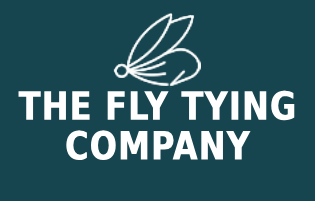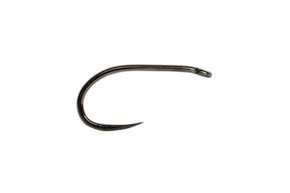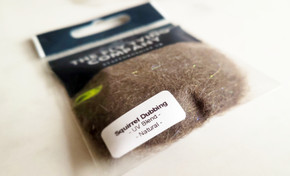Origin and History
The Peacock & Blue is a traditional wet fly pattern that dates back to the late 19th and early 20th centuries. Its origins are found in the UK, where peacock herl was widely used for its natural iridescence and fish-attracting properties. Combined with the contrasting blue silk body, this simple but deadly fly became a favourite for both trout and grayling. Its understated yet highly effective design allows it to represent a wide range of aquatic insects.
Materials
- Hook: Wet fly or spider hook, sizes 12–16
- Thread: Blue silk or thread
- Body: Peacock herl, counter-ribbed for durability
- Hackle: Soft partridge or starling hackle
- Optional Rib: Fine oval tinsel or wire for reinforcement
Popular Variations
- Silver Rib Peacock & Blue – silver tinsel rib adds flash
- Partridge Hackle Peacock & Blue – more movement in flowing water
- Beadhead Peacock & Blue – for deeper stillwater fishing
- Purple & Peacock – purple thread instead of blue for low-light conditions
- Soft Hackle Peacock & Blue – tied sparser for subtle presentation
Step-by-Step Tying Guide
- Attach blue thread behind the hook eye and wind to the bend.
- Tie in a strand of peacock herl at the bend, along with optional fine wire ribbing.
- Wrap the peacock herl forward to form a slim, iridescent body.
- Counter-wrap wire ribbing to reinforce the herl and secure behind the eye.
- Select a soft partridge or starling feather and tie in as a sparse hackle collar.
- Stroke fibres back and secure with thread wraps.
- Whip finish neatly and apply a touch of varnish.
Seasonality & Representation
The Peacock & Blue is effective throughout the season, from spring through late autumn. It represents a wide range of small emerging insects, such as midges, olives, or drowned spinners. Its peacock body provides flash and natural iridescence, making it an excellent attractor when fish are feeding just beneath the surface film.
Tackle and Setup
- Rod: 9–10ft, 3–5wt for river fishing; 5–6wt for stillwaters
- Line: Floating line or intermediate for stillwaters
- Leader: 9–12ft tapered, 5–6X tippet
- Setup: Fished singly or in a team of wet flies/spiders across and downstream
Summary Table
| Aspect | Details |
|---|---|
| Origin | UK traditional wet fly, late 19th century |
| Best Seasons | Spring to Autumn |
| Represents | Midges, olives, drowned spinners |
| Hook Sizes | 12–16 |
| Tackle Setup | 9–10ft rod, floating line, 9–12ft leader |












